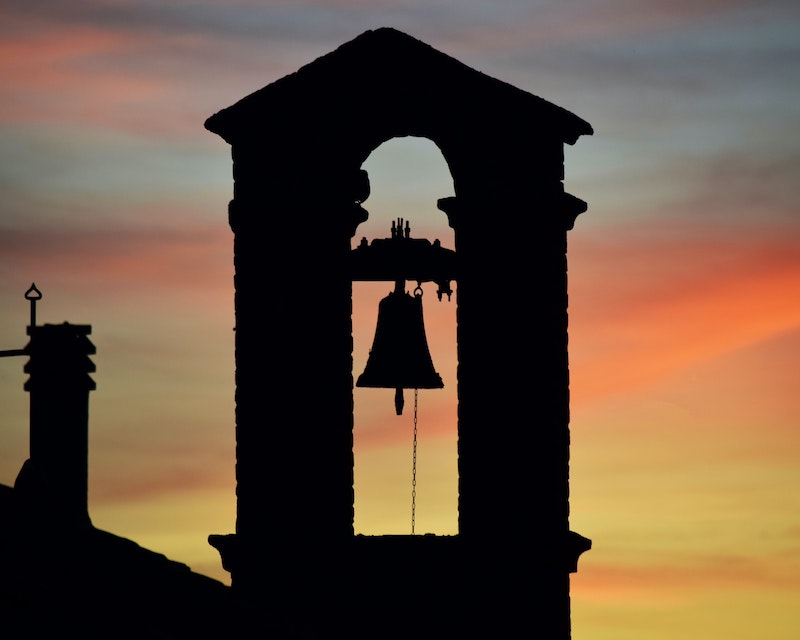With the start of a new school year, we have encountered students having trouble readjusting to school life and concentrating, especially since school has gone virtual again. In hopes that we can be of assistance, we have chosen a couple of pieces for you to listen to while studying.
Skylar’s Pick
Antonin Dvorak – Symphony No. 9: II. Largo
Dvorak’s “New World Symphony,” especially its fourth movement, will probably ring a bell with you even if you don’t follow classical music. Chances are, you have heard its majestic brass notes, or have been captivated by the rush of exhilaration in the string section. In contrast to the familiar and impetuous finale, though, the melodic second movement is ideal for studying. The other movements of the symphony are written in E minor, and the second movement’s D-flat major sets it apart from the rest. Once the first movement concludes in an authentic cadence, the first theme of the second movement begins with the English horn’s solo. The English horn, a member of the oboe family, exudes a touching warmth and a longing for home. The melody smoothly passes to the strings, then back to the English horn, and 45 measures into the piece, the second theme is introduced. The key changes to C-sharp minor, and the tempo changes as well, from largo (slow and large) to un poco più mosso (a little more motion) as the flutes and oboes perform the melody, then to poco meno mosso (a little less motion). Dvorak elicits a sense of nostalgia in his audience with this theme. Near the middle of the piece where the tempo shifts from poco più mosso to meno (less), the mood steadily darkens as the volume softens and the intensity dies down. With an oboe solo 90 measures in, though, the atmosphere picks up again with a scherzo-like melody, almost as if it is foreshadowing the next movement. The volume builds up once more, and Dvorak reintroduces a melody from the first movement. Subsequently, the English horn performs its solo again, which is handed over to four violins, then to two violins, then finally to the concertmaster who performs a cathartic solo—one of the highlights of the piece—before the full orchestra joins in for the heartwarming conclusion.
Although there are several arrangements for different groups to play, I favor the original full orchestra version. This piece is commonly played at concerts and is easily found on online video platforms, so consider giving it a listen as you study.
Isabelle’s Pick
Claude Debussy – Suite Bergamasque, L.75: III. Clair de LuneFrench for moonlight, “Clair de Lune” is one of Debussy’s most popular pieces that led the French impressionist movement. The name of the piece is derived from a poem of the same name by Paul Verlaine. As the third movement of “Suite Bergamasque”, the piece is written in D-flat major, although throughout the piece, the key is not stable enough to definitively declare so. The opening should be enough to fully engage you in the meditative nature of the piece, aiding you in your studies. The piece begins as Andante très expressif, which means very expressive easy walking pace, as well as pianissimo con sordino (very softly with mute), along with a series of chords setting the mood as serene and near-silent. The arrangement of chords can be likened to one softly knocking on a door. Then, at tempo rubato (free in the presentation), Debussy slowly intensifies the mood, as he allows the performer to give variations in the speed at his/her discretion. This passage builds up to a more intense moment when Debussy follows with a series of arpeggios that glide off the surface of the keys. Soon, the piece repeats itself, but now with added notes that help produce darker tones and color. At the end of the piece, the chord will give you no choice but to immerse yourself in the ingenuity of Debussy. Often, the piece is accompanied by the sound of rain, to emphasize the melodic elements of the piece. In some, a violin performs with the piano to add an element of gravity. Otherwise, the most common is the piano solo. Ultimately, since classical music is open to various interpretations, I selected a version of the piece that I believe is most fitting for the proposed activity, by French pianist Kathia Buniatishvili, who magically transforms the stage into the night sky. I hope that you will also find yourself surrounded by the soft lights of the moon as you immerse yourself in this classic masterpiece.

